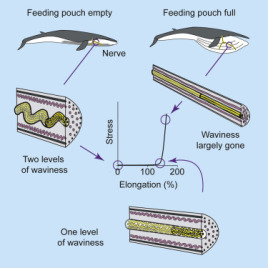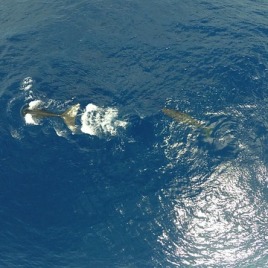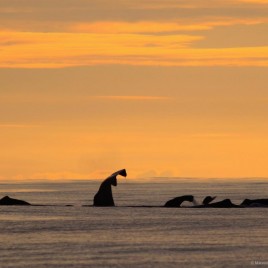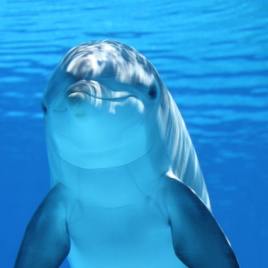Cetaceans, such as dolphins and whales, have complex societies with behaviors that closely resemble human and primate relationships, new research suggests. In a first study of its kind, scientists have created a comprehensive database of brain sizes and behaviors in 90 species of dolphins, whales and porpoises. They found evidence of such complex social behaviors […]
Tag: whales

How whale mouth nerves stretch to nearly double their length during feeding 
Rorqual whales – a family of baleen whales that includes the biggest of the species, the fin and the blue whale – take in an enormous amount of water and small prey during each feeding. In order to maximize each meal, they open their mouths wide and lunge towards the prey. In the process, the […]

Vocal dialects of Galapagos whale clans offer a look into the structure of animal societies 
Vocal dialects of sperm whales living near the Galapagos Islands have undergone a complete turnover in the last 30 years. The change is due to a migration of different sperm whale clans: two whale populations with distinct vocal dialects populated in the area in 1980s and the 1990s, and were then replaced by two other […]

How Sperm whales speak
Sperm whales learn different ‘dialects’ of their ‘click’ sounds through cultural learning, a method of learning found in both Orcas and humans, say researchers. This reinforces the idea that the same processes responsible for the formation of human cultures can operate in animal societies. Sperm whales live in clans – groups of families that can […]
